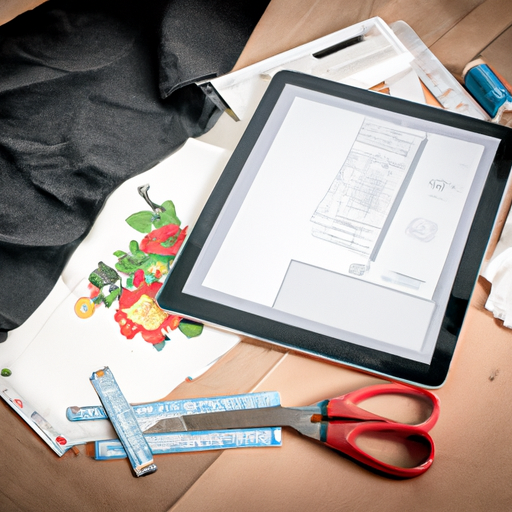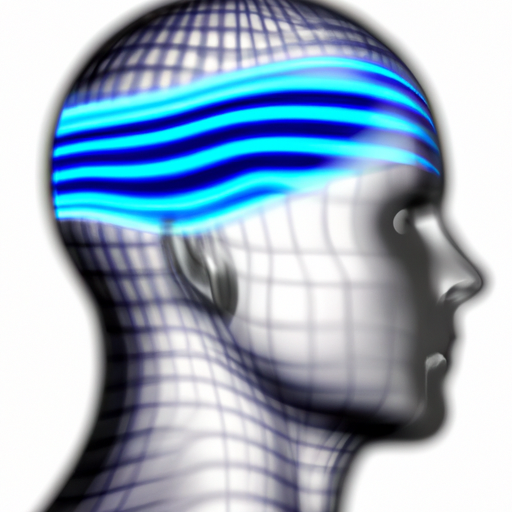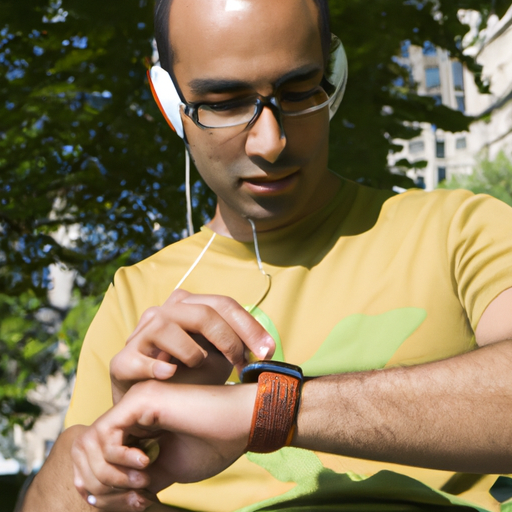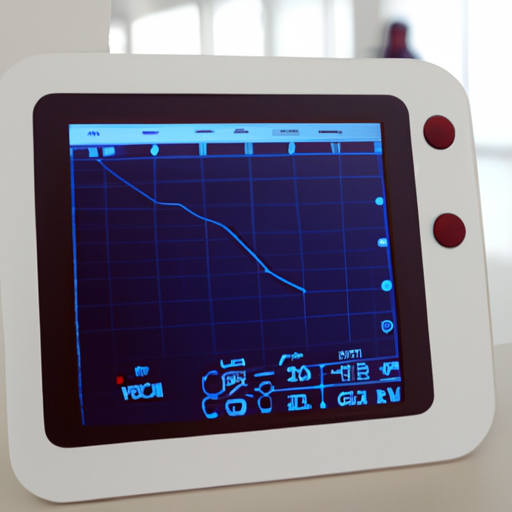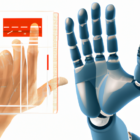In today’s fast-paced world, where technology permeates all aspects of our lives, the fashion industry is no exception. Enter smart textiles, an exciting intersection of wearable technology and innovative fabrics that is set to revolutionize the way we think about clothing. In this blog post, we will explore what smart textiles are, their applications, and the potential impact they hold for the future.
What are Smart Textiles?
Smart textiles, also known as intelligent fabrics or e-textiles, are fabrics that have been enhanced or embedded with technology to provide additional functionality beyond traditional textiles. These advanced materials can sense, respond, and even adapt to environmental stimuli such as temperature, moisture, and pressure.
Applications of Smart Textiles
The applications of smart textiles are vast and varied, making them a game-changer in multiple sectors:
- Health Monitoring: Smart clothing can monitor vital signs, such as heart rate and body temperature, providing real-time health data for users.
- Sports and Fitness: Athletes can benefit from smart textiles that track performance metrics while providing comfort and support during workouts.
- Fashion and Design: Fashion designers are integrating technology into their garments, allowing for unique color changes, patterns, and even interactive elements.
- Military and Safety: Smart textiles can be used in uniforms to enhance safety features, such as camouflage or temperature regulation systems.
The Technology Behind Smart Textiles
The magic of smart textiles lies in their underlying technology. These fabrics often incorporate:
- Conductive fibers: These allow for electronic sensors and devices to be integrated into the fabric.
- Nanotechnology: Used to create features like water resistance and strength enhancements.
- Microcontrollers: Embedded chips help process data collected from sensors and communicate with mobile devices.
The Future of Smart Textiles
The future of smart textiles is bright, with continuous research and development enhancing their capabilities. The combination of fashion and technology not only caters to consumers’ needs but also encourages sustainable practices by potentially reducing waste through performance-enhancing features.
As we embrace this fashion technology, we can expect to see smart textiles becoming more mainstream, influencing everything from casual wear to high-performance athletic gear.
Conclusion
Smart textiles represent a significant advancement in both technology and fashion, offering innovative solutions that enhance our everyday lives. As these fabrics become more accessible and affordable, we can look forward to a future where clothing does more than just cover our bodies—it supports our overall well-being and connects us to the digital world.
Interested in learning more about smart textiles and their applications in your life? Stay tuned for more insights and innovations in the world of wearable technology.
Tags: smart textiles, innovative fabrics, wearable technology, fashion technology

